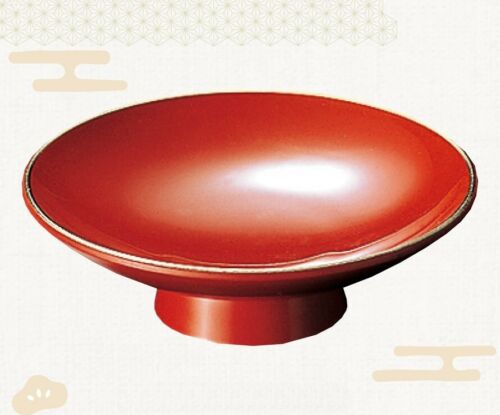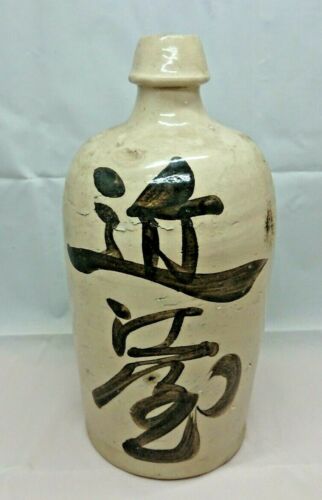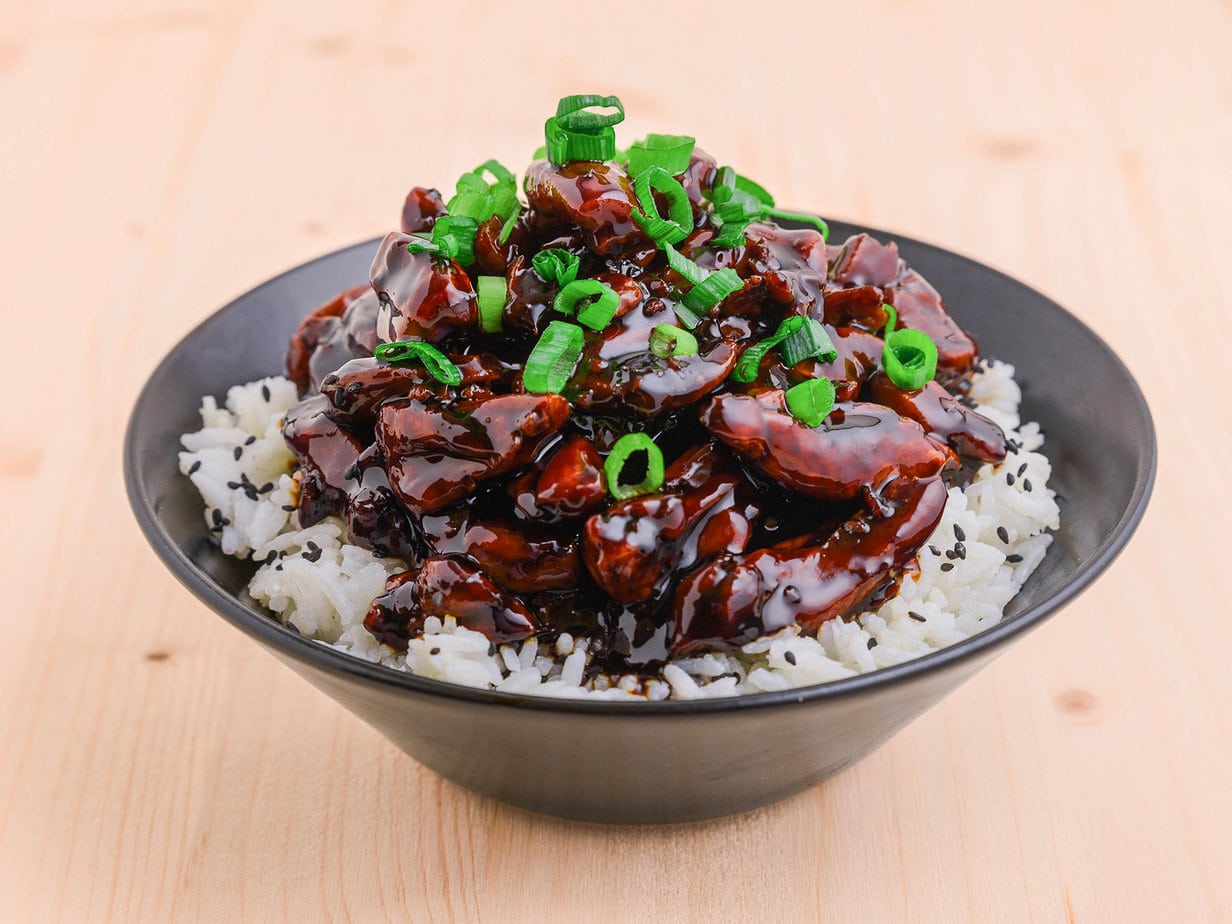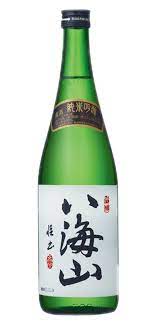What is sake?
Sake is the national drink of Japan. It is an alcohol made from fermented rice, which would be called “rice wine” in French. It is therefore a true classic of Japanese cuisine.
To make it, Japanese breweries mix highly polished rice, water, a mold that is also used in the fermentation of soy sauce, and yeast. Sometimes the sake obtained is aged for several months.
Today it is served in every sushi restaurant, but also in Japan during special events such as the national holiday. Traditionally, the sake is poured into a large bottle (the “tokkuri”) and drunk from a small porcelain cup (the “sakazuki”).

Today there are two major categories of sake: regular sake and special sakes, eight in total, which will be detailed at the end of the article.
Origins of sake
As a little anecdote, it seems that sake, at its very beginnings (~500 BC), was created in a not very appetizing way… Villagers would gather to chew rice and nuts, then spit the mashed mixture into a common barrel. The enzymes in their saliva activated fermentation in the barrel, which was then stored for several months… Delicious and refined, isn’t it?

Fortunately, in the meantime, the koji mold was discovered, which made it possible to abandon this process. Until the 10th century, sake production was a state monopoly; then the temples began brewing their own, and finally private individuals boosted production in the 19th century. The oldest distilleries still operating date from that period!
At what temperature should sake be drunk?
What is special about sake is that it can be drunk either chilled or warm—much like our red wine! In general, it is always a matter of personal preference.

You are unlikely to spoil a sake as long as you do not serve it colder than 4 °C or hotter than 40 °C. But I would advise you to follow this age-old rule: serve high-quality sakes slightly chilled (6–7 °C) to let their full range of flavours emerge.
On the other hand, for more commonplace sakes you can heat them up, because they are generally sweeter and fruitier, and the warmth will bring out those notes. They are used in marinades such as the topping for mazesoba or in the miso sauce
The 8 main kinds of sake
The Heaven Sake Junmai Daiginjo is one of the most expensive! It is a Franco-Japanese creation that offers notes of pear, berries and grapes.

The Sequoia Sake Genshu is an American sake that pairs perfectly with meats and spicy dishes, as it offers notes of dried fruit and spices.
Back to Japan with the Hakkaisan Junmai Ginjo, a fairly classic crisp sake, but brewed in the city of Niigata, renowned for the quality of its water.

A fan of Cava? The Ninki Ichi Sparkling Sake will win you over, with its delicate effervescence that obviously also brings it close to Prosecco.
The Tengumai Yamahai Junmai is a sake that has been aged for a year and a half, giving it a taste closer to sweet liqueur than wine.
To be served warm, the Narutotai Ginjo Nama will be perfect. Without being of poor quality, it nonetheless offers fruity notes.
The Nanbu Bijin Shinpaku is a sake quite similar to white wine, smooth and easy to drink—perfect for a first sake. Serve it in a glass rather than in a sakazuki.
The Kamoizumi Nigori Gingo, on the other hand, is a very dry sake. I especially recommend it as an interlude between the aperitif and the main course, or between two courses, to cleanse the palate for what is coming next.


